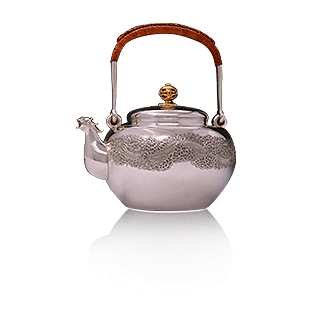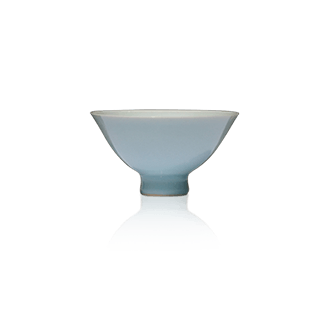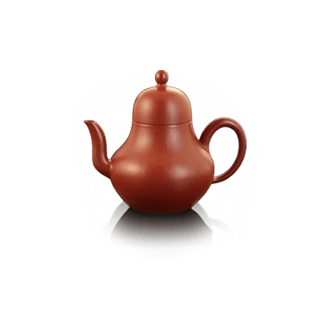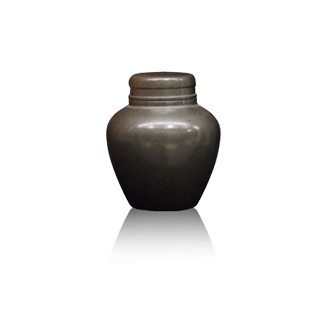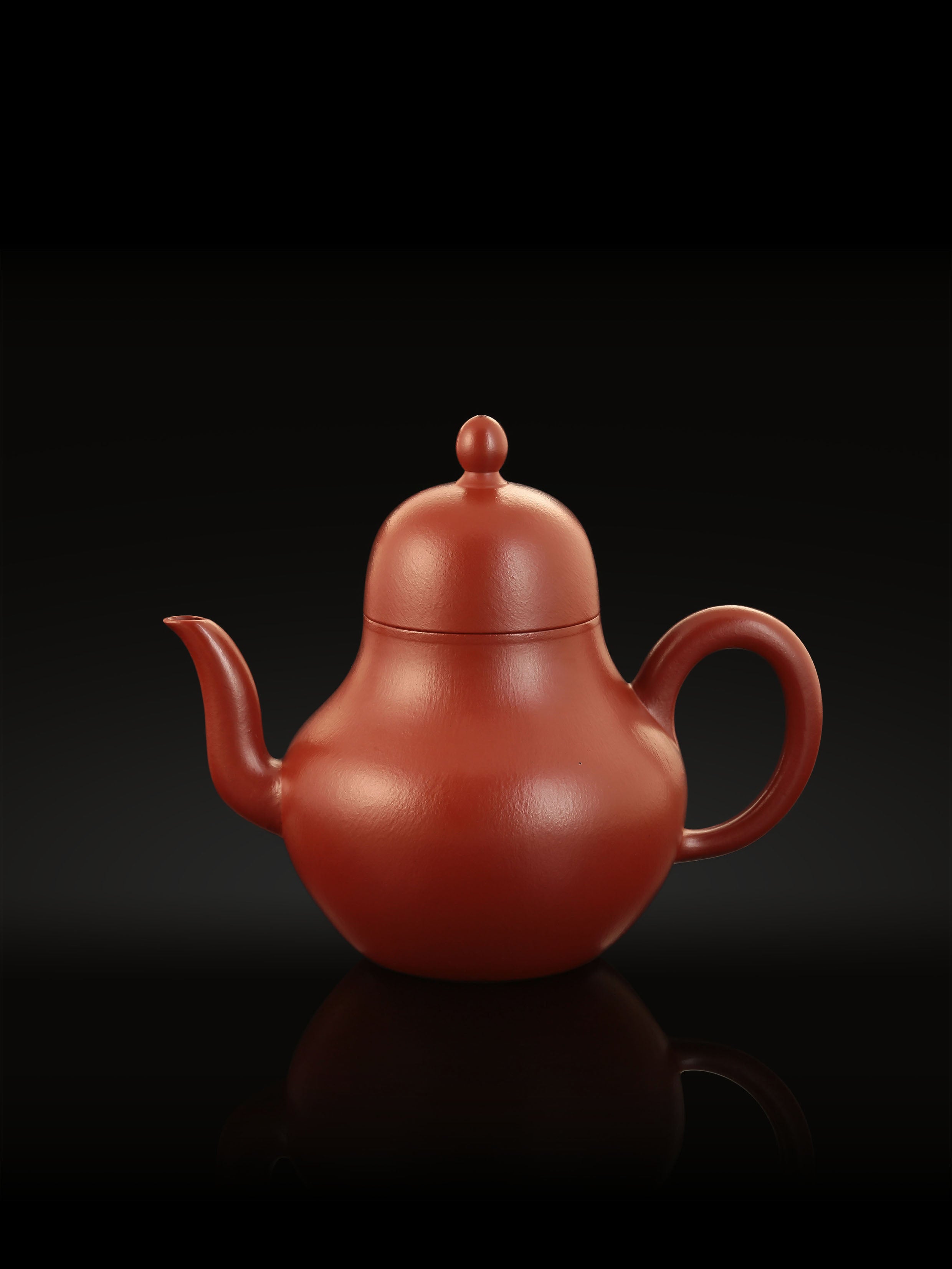
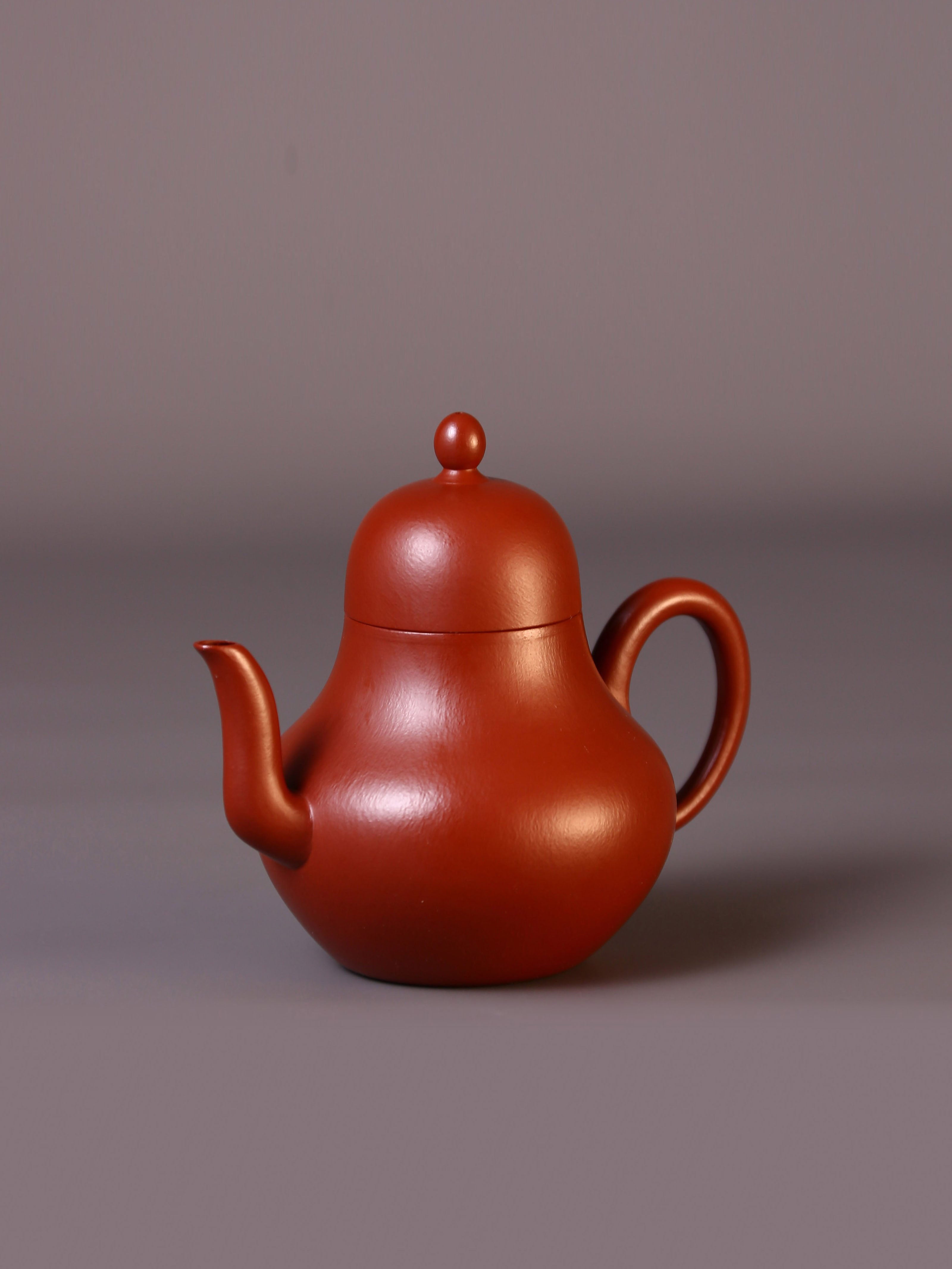
Qin Xunsi Pavilion Teapot, a Master of Zhu Ni Clay




Qin Xunsi Pavilion Teapot, a Master of Zhu Ni Clay
Qin Xunsi Pavilion Teapot, a Master of Zhu Ni Clay
Qin Xunsi Pavilion Teapot, a Master of Zhu Ni Clay
Vessel Type: Siting
Artist: dayatang / Qin Xun, Master of ZhuNi Clay Craft
Material: Small coal kiln Zhu Ni
Specifications: Diameter : 4cm diameter) long :12cm (Length) Height:11cm (Overall height) capacity 180ml (Capacity)
Vessel Type: Siting
Artist: dayatang / Qin Xun, Master of ZhuNi Clay Craft
Material: Small coal kiln Zhu Ni
Specifications: Diameter : 4cm diameter) long :12cm (Length) Height:11cm (Overall height) capacity 180ml (Capacity)

Siting Teapot - Small Coal Kiln Red Clay
Produced by Dayatang, crafted by renowned Zhu Ni master Qin Xun.
Appreciation
Qin Xun (1980b.), a craft artist, young ceramic artist, and member of the International Zisha Association, specializes in handmade Zhu Ni clay works.
This teapot is a work by Qin Xun, a renowned master of Zhuni clay. Master Qin Xun dedicated his life to making Zhuni teapots, and his mastery of the spirit and essence of traditional forms is unparalleled! Having immersed myself in Zhuni clay for many years, I recommend Qin Xun's classic Siting teapot. Its graceful and elegant form, with its flowing lines and captivating charm, truly exemplifies the beauty of Zhuni clay.
Zhu Ni (red clay) is known for its craftsmanship, and the craftsmanship is also influenced by the clay itself; most Zhu Ni masters will not work with a different type of clay. Unlike Zi Ni (purple clay), which is easier to shape, has a higher firing rate, and a wider tolerance for kiln temperatures, Zhu Ni is not as smooth and lustrous as jade, with a delicate and smooth feel and a clear, resonant sound, unlike the porous and deep sound of Zi Ni. Clay has its own inherent properties and should be used in accordance with nature. Therefore, compared to the dazzling brilliance of other Zisha (purple clay) teapots, Zhu Ni teapots have been passed down through the ages for their understated, unadorned forms and minimalist, restrained lines, maintaining a unique and enduring charm.
With her beautiful legs, slender waist, and full hips, she resembles a lady in a Qing Dynasty painting with lowered eyebrows and cherry lips, exuding a unique aesthetic charm. If this teapot hadn't been made by Master Qin, who has dedicated his life to crafting small Zhuni clay teapots, it would truly be difficult to capture its essence.
Beautiful flowing water patterns, every detail is exquisitely crafted, and the subtle wrinkles of the cinnabar clay are presented under the reflection of light and shadow.

Small coal mine Zhu Ni:
The small coal mine, located at the foot of Huanglong Mountain in Yixing (formerly part of Hongwei Village), was named after the coal mines that were mined there in the early years. It was shut down in 1997 due to difficulties in mining mud and environmental protection policies.
Characteristics of the mineral layer: The mineral layer is relatively shallow, with an egg-shaped sedimentary structure, interspersed with hard bluestone, making mining difficult and resulting in scarce reserves.
High shrinkage rate: The firing shrinkage rate is as high as 25%-30%, far exceeding that of ordinary Zhu Ni (about 15%-20%), which can easily lead to deformation and cracking, requiring extremely high teapot making skills.
Granular texture: The clay contains trace amounts of raw mineral particles, which, after firing, present a well-arranged "pear skin" texture, with a delicate yet layered quality.
Color: At room temperature, it is yellowish-brown, and after high-temperature firing, it turns orange-red or brownish-red. After patina formation, the color becomes deeper and has an amber luster.
Process challenges:
Forming difficulty: It requires the traditional technique of "patting and joining", avoids mass production with plaster molds, and can only be made entirely by hand to maintain the clay's properties.
Firing techniques: The temperature needs to be increased in stages, and the kiln temperature should be controlled at about 1080℃-1100℃. Precise control is necessary to avoid "cracking".
Key points for identification
Appearance features:
The surface has natural wrinkles ("earthworm pattern"), not artificially created.
There are fine wavy lines at the rim of the pot and other areas where the contraction is obvious.
After soaking and conditioning, a patina forms quickly, and a warm and smooth change can be seen within a week.
Market traps:
Beware of counterfeit products containing added iron oxide powder; the color is gaudy and lacks depth.
Genuine products produce a crisp, metallic sound when tapped, while counterfeits produce a dull sound.
Applicable tea types
Oolong tea (such as rock tea and Dancong): High-density structure locks in aroma and enhances the tea's flavor.
Aged Pu-erh tea: absorbs impurities and highlights its aged aroma.
Black tea: Enhances the sweetness of the tea soup and avoids overcooking.
Collection value
Scarcity: Most of the existing ore is from early stockpiles, and less than 1% of the genuine products are circulating in the market.
1. Historical Origins
Founder: Lu Siting, a famous teapot maker in the Qing Dynasty, was known for making pear-shaped teapots. Later generations referred to this type of teapot as "Siting teapot" in respect.
Evolution: Originally a plain vessel, it later developed decorative techniques such as engraving and gold inlay, becoming a model of the combination of "flower vessel" and "plain vessel" in Zisha pottery.
2. Design Features
Pear-shaped body: The body of the pot resembles a pear, tall and full, with the center of gravity shifted upwards. The lines extend downwards from the neck of the pot, embodying the philosophy of "round heaven and square earth".
Three-bend spout: The spout curves elegantly upwards, the water flow is crisp and clean, and the flow stops abruptly.
Lid design: The lid fits perfectly with the spout, and the knob is like a bead, in harmony with the proportions of the body of the pot.
Capacity: Siting teapots are mostly small teapots (100-200ml), which meet the requirement of "small pot to concentrate aroma" in Kung Fu tea.




 Three-curved beautiful legs
Three-curved beautiful legs

In practice, it has been found that people's perception of the value of Zisha art often contains a fundamental misconception: people habitually attribute the high value of Zisha ware to the rarity of the clay, but in reality, its essence lies in the craftsmanship and wisdom poured into it by the artisans. Looking at the Yixing Zisha craft system, each master potter cultivates their own "clay memory bank" through long-term practice—these clays, nurtured over many years (especially Zhu Ni), remain unmoved even when offered exorbitant prices, because they embody the artisan's profound understanding of the clay's properties and firing techniques. It should be understood that while high-quality original ore clay is rare, its cost accounts for only one or two-tenths of the cost of fine Zisha ware. What truly constitutes the core value are the countless patting marks and meticulous needlework hidden within the lines of the vessel's shape.
In contrast, the production logic of low-end industrially manufactured teaware completely deviates from the essence of Zisha (purple clay) ware: mass production is achieved through mechanical stamping, visual impact is enhanced by chemical dyeing, a false luster is created through mechanical polishing, and hand-casting techniques are used to eliminate traces of handcrafting. While these products cater to the price expectations of the mass consumer market, they completely dissolve the true value of Zisha ware as a timeless art form—just as traditional hand-brewed wine and blended beverages, though both liquids, carry entirely different cultural genes.
It is a small teapot (100-200ml), which meets the requirement of "gathering fragrance in a small pot" in Kung Fu tea.








Frequently asked questions
Use the FAQ section to answer your customers' most frequent questions.
Order
Yes, we ship all over the world. Shipping costs will apply, and will be added at checkout. We run discounts and promotions all year, so stay tuned for exclusive deals.
It depends on where you are. Orders processed here will take 5-7 business days to arrive. Overseas deliveries can take anywhere from 7-16 days. Delivery details will be provided in your confirmation email.
You can contact us through our contact page! We will be happy to assist you.





